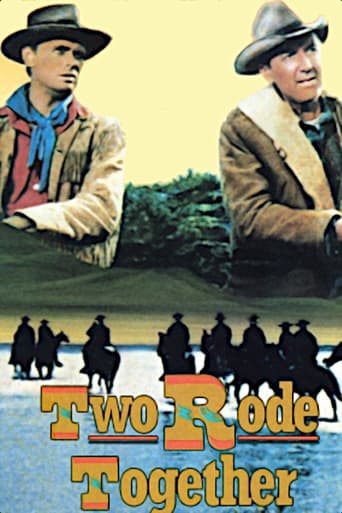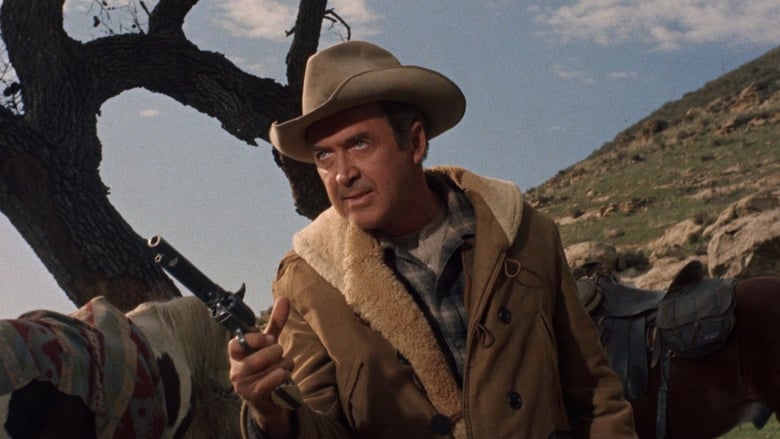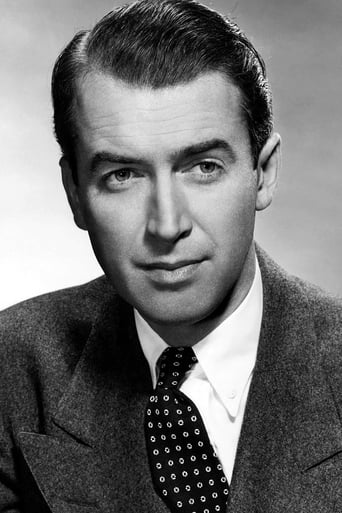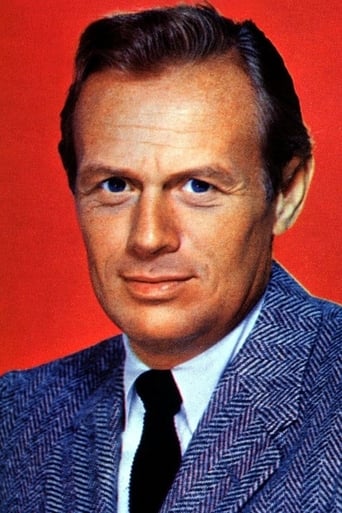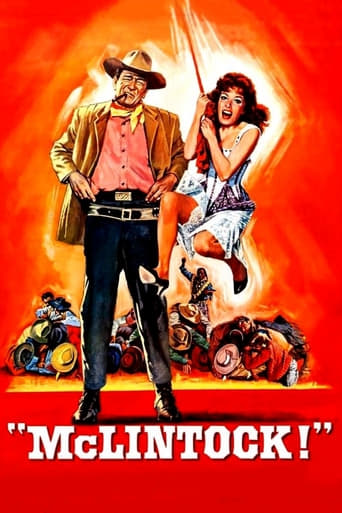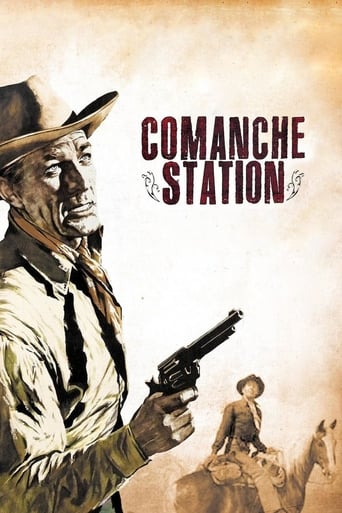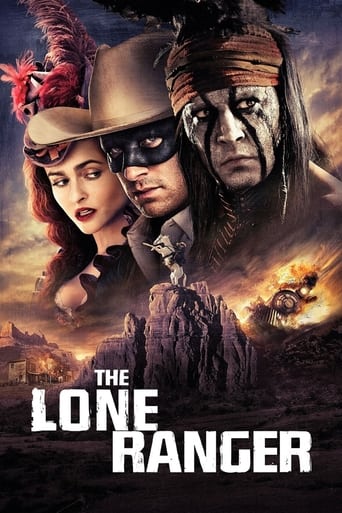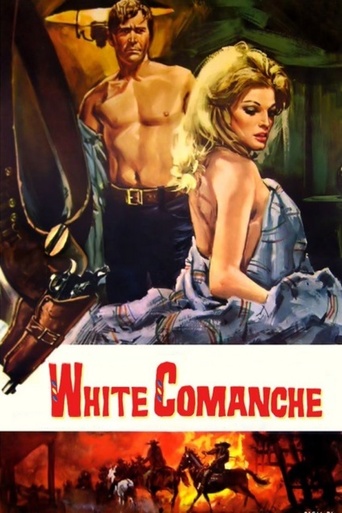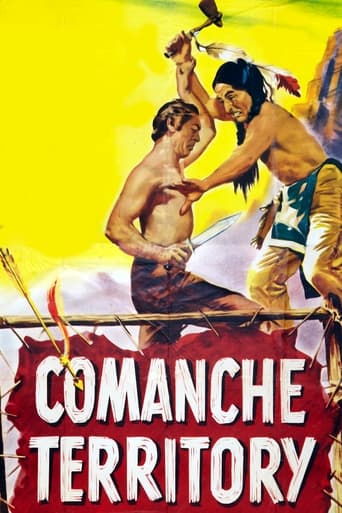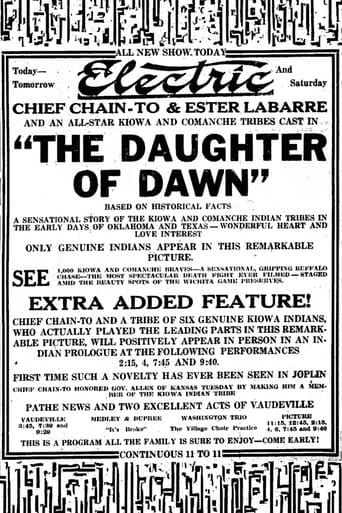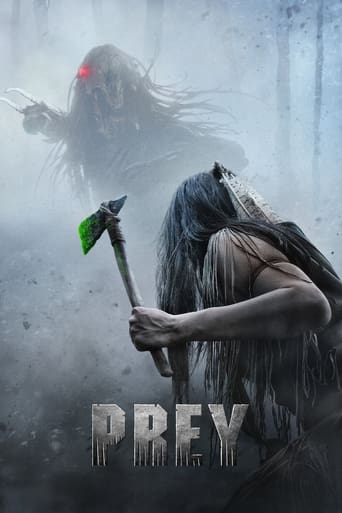Two Rode Together (1961)

Two tough westerners bring home a group of settlers who have spent years as Comanche hostages.
Watch Trailer
Cast


Similar titles
Reviews
Sadly Over-hyped
People are voting emotionally.
As Good As It Gets
A movie that not only functions as a solid scarefest but a razor-sharp satire.
In "Two Rode Together" John Ford returns to the theme he had earlier dealt with in "The Searchers", that of white people raised or held captive by the Indians. (In "The Unforgiven" from the previous year, Ford's rival John Huston had dealt with the opposite theme, that of an Indian girl- strangely played by a miscast Audrey Hepburn- raised as white by her adoptive family). The "two" of the film's title are Marshal Guthrie McCabe and his friend Lieutenant Jim Gary who are tasked by Gary's superior, Major Fraser, with the job of ransoming any white captives being held by the Comanche. Because Fraser is coming under pressure from relatives of the captives the two are authorised to use any means to achieve this end, including offering modern rifles to the Comanche in exchange, even though it is normally taken for granted in Westerns that the greatest reason any white man can commit is to sell weapons to the Indians.Ford's normal favourite actor John Wayne does not appear in this film; the leading roles are taken by James Stewart and Richard Widmark. In the early part of his career, Stewart was not an actor particularly associated with Westerns ("Destry Rides Again" being an exception) but in the fifties he got a taste for the genre and made a number of fine ones with director Anthony Mann. He fell out with Mann after the latter withdrew from "Night Passage", but this did not affect his love for the Western and he found a new collaborator in Ford. They did not, it would appear, get on particularly well on the set of "Two Rode Together", but nevertheless went on to make three move films together, including "The Man Who Shot Liberty Valance" and "Cheyenne Autumn".One weakness that occasionally crept into Ford's movies was a tendency to introduce some inappropriate humour into an otherwise serious film. That was even true of films as good as "The Searchers" and "Cheyenne Autumn", and it is certainly true here. The film is based around some serious themes such as ethnic identity, racism and the relationship between Native Americans and white settlers. It purports to examine the bigotry shown by many whites towards both the Indians themselves and any whites felt to be "tainted" by association with them. (Those captives whom McCabe and Gary eventually rescue are not made welcome by their own people). It includes some violent incidents such as a woman being stabbed to death and a teenage boy being lynched by a mob. Yet the tone is at times curiously light-hearted, especially in its depiction of the relationship between McCabe and Gary.The main culprit is Stewart, who had done some great work with Mann but here seems far too laid-back. McCabe is far from being a spotless hero; when we first meet him he is acting as the business partner of a "saloon owner", which here is a polite euphemism for "brothel keeper", and living off a percentage of her immoral earnings. His motives for accepting Fraser's commission are mostly mercenary ones. Now in his collaborations with Mann Stewart (who in the earlier part of his career had generally played clean-cut "Mr Nice Guy" characters) created some memorably flawed heroes, such as Howard Kemp in "The Naked Spur", but seems unable to do the same here. Ford was not particularly satisfied with "Two Rode Together"; he believed that he had treated the same theme far better in "The Searchers". (He was dead right there). This is not perhaps the worst Ford film; that must be that horribly overrated sentimental piece of Irish blarney, "The Quiet Man". It is, however, the worst Ford Western I have seen, and probably the worst Stewart Western as well. 5/10
One of several films of the '50s and '60s that dramatized the difficult and usually disappointing quest to rescue long term captives of Great Plains Native Americans(NA) tribes. This was John Ford's second venture into this subject, the first being the much better known "The Searchers". He only reluctantly agreed to direct this film. Unlike "The Searchers" and the previous "Charge at Feather River", in which the long term captives were rescued/abducted by stealth, in this film, the much more common method of bartering was attempted, except for Mexican Elena. All 3 films dramatize the frequent disappointment in discovering that long term captives usually didn't want to be rescued, at least initially, usually having forgotten their natal language and considering themselves culturally a NA by preference.. Those children who were not killed in NA raids usually were treated well , as potential tribal members. Older teens and adults usually were killed or kept for ransom or barter, slaves in the meanwhile.. Thus, in the film, Jimmy Stewart, as sheriff McCabe, and Richard Widmark, as army lieutenant Gary form a reluctant buddy pair, commissioned by Ft. Grant commander Frazer(John McIntire) to try to barter for the return of several captives in a Comanche village headed by chief Quanah Parker(the name of a historic famous Comanche chief, the son of a European captive). Strangely, the relatives of these captives form a wagon train pressure group camped outside of Ft. Grant. Money-hungry McCabe has arranged several lucrative bargains with these relatives for specific captives returned. However, he discovers that few captives want to be liberated or are appetizing prospects. Thus, he returns with only one son who is now a ferocious warrior who hates all whites. He has to be kept caged or tied up to avoid injuring others. His presumed father refuses to acknowledge him as his son. However, his presumed mother eventually unties him. He promptly kills her with a knife, and is consequently hung by a vigilante group. This is rather similar to the captive Jennie, in "Charge at Feather River", who shot her brother member of the rescue party, then promptly died from a fall. The only positive thing that results from this mission is the stealthy release of captive Latino Elena(Linda Crystal), who has been a wife of war chief Stone Calf for 5 years, and the killing of Stone Calf by McCabe. Like Anne, in "Charge at Feather River", she's not sure if she wants to continue her arduous NA role or be repatriated . Like Anne, she's afraid she will be treated as an outcast by most Europeans. And, like Anne, her dilemma is made more tolerable by the offer by the leading man to marry her.As typical Ford, the developing romantic attachments of Stewart with Elena and Widmark with Shirley Jones' character are left probable, but unfinished at the end. Stone Calf, the Comanche war chief of a militant brotherhood, is actually named after a Cheyenne chief of a military brotherhood. Comanches didn't have such brotherhoods.Stewart's character was sheriff of Tascosa. this is a historical town in the Texas panhandle: prime Comanche territory. During this period, it was an important cattle drive center, but after the railroad bypassed it, it gradually dwindled to a ghost town....Stewart's character in the initial part of this film looks and acts exactly like his Wyatt Earp character in the controversial Dodge City segment of the subsequent Ford-directed "Cheyenne Autumn""The Searchers" was mostly shot in the spectacular Monument Valley, AZ. However, the actual Comanche domain looked nothing like this. The present film was shot in southern Texas, still within traditional Comanche territory, with a much more authentic Comanche look to the wilderness scenes.I agree with one reviewer that Stewart seemed miscast and often seemed awkward in his role. Dean Martin would have been a much better choice.Strangely, the evil backwoods Cleggs father and sons are resurrected from "Wagon Master" of a decade previously. They pick a fight with Widmark over Shirley. With Andy Devine's later entry into the fracas,it becomes even more of a half-serious-half slapstick affair, reminiscent of the brawl featuring Victor McLaglen in Ford's "She Wore a Yellow Ribbon"Yes, the fatal nocturnal attack by Stone Calf on MaCabe + Elena looked very clumsy, and why did he apparently come alone??Some reviewers interpret this film as illustrating an anti-NA prejudice by Ford. Well, Ford, being Irish, felt the anti-Irish, anti-Catholic prejudice of many Americans, thus identified with many other minority groups, including Mormons, Quakers, and, yes, NAs. Problem was, he knew most in his audiences expected NAs, or at least the warlike elements, to be the 'bad guys' in most films. Nonetheless, he tried to give the NAs a fair shake in many of his films, including "Fort Apache", "She Wore a Yellow Ribbon", Wagon Master", especially in "Cheyenne Autumn", and even in the present film. The prejudice felt by Elena emanating from many Europeans was not shared by Stewart's nor Widmark's characters. In fact, McCabe offered to marry her and got on the stagecoach for CA with her, to the amazement of all, especially his longtime saloon girlfriend, Belle.
Marshal Guthrie McCabe had a cushy life in western town; getting a hundred dollars a month plus ten percent of the town's business; that is until his old friend 1st Lt. Jim Gary of the United States Army rides into town 'requesting' that he accompany him to a Fort forty miles away to undertake an unspecified task. When he gets there he learns that they want him to go into Comanche territory to bargain for the return of white prisoners, who were captured many years before; many of whom were young children at the time. Guthrie says that it is a fool's errand; any child will have grown up to live as a Comanche a will have forgotten their old life. The people are desperate though and eventually he agrees; if the price is right. Once in the Comanche camp he and Jim talk to the chief and he agrees to take one unwilling boy and a woman, Elena, back. He does not take an old woman who asked to be left and another young girl who had had children there; knowing their families will not welcome them back when they see how they have changed. Elena is a Mexican who had only been with then for five years and was married to a hot-headed brave. Once back at the camp things do not go well; the people treat Elena with contempt and things go even worse for the boy. There is also a romantic subplot involving Jim and Marty, a girl who is hoping to find her lost brother.I hadn't heard of this film until I saw it advertised but seeing as it stared the usually reliable James Stewart I thought I'd give it a go. I am glad that I did as it was pretty good; not as good as 'The Searcher', which covers similar themes, but still worth watching. James Stewart was good and surprisingly amusing as Marshal McCabe and Richard Widmark put in a solid performance as Jim Gary. The story was pretty decent and it was a relief that the Comanches weren't depicted as being any worse than the 'civilised' white people back at camp; although it was unfortunate that native actors weren't used; I know that is how things were done back then but it still seems a bit off. Coming from director John Ford I'd expected stunning vistas but the settings weren't that spectacular; the film still looked good enough in the countryside where it was set. Overall I'd say this wasn't a must see film but if you like westerns or the films of Jim Stewart it is certainly worth watching.
Two Rode Together (1961) *** (out of 4) Surprisingly pleasant Western about a Marshall (James Stewart) and military officer (Richard Widmark) who are sent by the government to Comanche territory where they want the Marshall to try and get back several white people who were kidnapped years earlier. While Widmark has good plans in his heart, Stewart on the other hand is simply in it for the cash. Many reviews have called this Ford film a "been there, done there" type of thing, which I'd somewhat agree with since this does contain elements of THE SEARCHERS. That's about all I'd agree with because I found the story to be quite poignant and the performances excellent. Those wanting 100% action are probably going to be disappointed because there's very little of that and instead we're treated to a very good story that will make you think. THE SEARCHERS dealt with some of the issues that might happen when young female kids are kidnapped by Indians but this film takes it up a few notches as Stewart, in a rather mean fashion, informs people that their 9-year-old daughters who went missing years ago are now used up women who probably have many half-breeds. The racial tensions are very high in the film as many of the white folks can't come to terms with this and this is just part of the film that tries to make you think. When one of the kidnapped victims are brought back, the white people's prejudices are much greater than the race they look down upon and Ford is very clever in how he gets his message across without being preachy. Stewart and Widmark are terrific together and their energy certainly helps keep things moving. The Stewart character is an interesting one because the first portion of the film we see that lovable Stewart as he tells funny stories, makes light of everything and is just an all around likable guy. The second half is when that darker character comes out and this is where Stewart really shines. The way he uses that brutal honesty to really put hopeful people in their place was very effective and the actor does a marvelous job with it. Widmark gets the lesser of the two characters but that stern and straight-forward nature of his comes through very effectively. Shirley Jones is quite good in the role of a woman searching for her brother and we get the one and only Andy Devine for some great comic relief. The banter between he and Stewart early on is priceless. The cast also includes Linda Cristal, John McIntire, Harry Carey, Jr. and Mae Marsh in a brief part. TWO RODE TOGETHER has a few dry moments that bog the film down but on the whole it's a pretty impressive feature that has been overlooked probably because it's not as grand as some of the director's other works.

